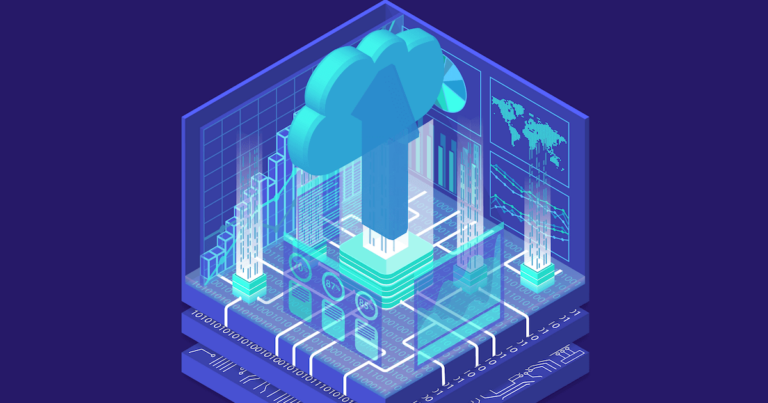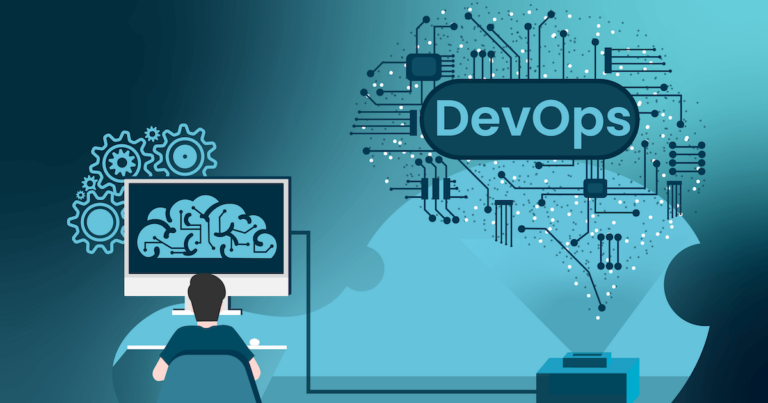Industry-specific tech solutions are helping organizations to enable modern processes, jump-start innovations while modifying the operations, and automating the tasks digitally.
Although the past two years of digital growth have been thrilling periods for enterprises driven by COVID-19 and remote work culture everywhere. Many CEOs accelerate their digital journey ahead by setting an imprint to unlock innovation, build trust, and gain cloud advantages in the market. They believe that considering holistic approaches for multi-cloud, security, automation, and data analytics can give new rise to their innovative business models while modernizing legacy business processes. Moreover, the cloud market will also need to become nimbler and more flexible, and its usage will undoubtedly grow in 2022.
“Notwithstanding the challenging societal circumstances at this moment presented by the Omicron surge, CEOs remain optimistic about the business environment and see strong growth opportunities over the next year. A new normal appears to be setting in whereby business leaders simply expect new challenges to arise continuously and are confident they can manage through them to achieve positive business results while making a real difference in society”
— Joe Ucuzoglu, Chief Executive Officer, Deloitte US
There are many tech trends that will leave footprints in 2022, but key ones are Hybrid cloud, Cloud-native, Cybersecurity, AI/ML and IoT, and Decision Intelligence. Let’s discuss them one-by-one:
1. Adoption of Hybrid cloud, the rise of Cloud-native platform and Serverless
Hybrid cloud has been a front-and-center strategy for global IT teams for years. Today’s CIOs and CTOs will continue to embark on hybrid cloud journey while focusing on core business values that would help them to leverage greater IT resource control and business agility.
With their eye on evolving business requirements across industries, top companies like AWS, Microsoft, Google, and IBM are creating infrastructure and platforms that are more into hybrid cloud models to smoothen the transition of companies’ traditional infrastructure to the cloud while enhancing security and productivity.
Applications and data that needs to be accessed and used frequently can be kept on public cloud, whereas sensitive information or mission-critical data can be kept on private cloud, hence hybrid cloud is growing faster to reap the benefits of both the cloud solution and companies are considering themselves in a multi-cloud environment.
Companies can add more value to cloud-native app development from hybrid-cloud architecture. Gartner identified, “cloud-native platforms will be the foundation of more than 95% of new digital initiatives by 2025 up from less than 40% in 2021”.
Organizations can have a clear roadmap on how to build the new applications, how to optimize the existing ones, and how to make interconnections between them effectively and efficiently. Lift and shift cloud approach helps CIOs and CTOs migrate their legacy workloads in the cloud. With DevOps and containers, developers can update and release applications in a bundle of independent loosely coupled services like microservices to automate the business processes and speed up the application delivery. Cloud-native platform provides scalability and elasticity while delivering faster time to value and reducing dependencies on cloud.
Reduced operational cost and reduced development cost are the most popular reasons to adopt serverless in organizations. It bridges the gap between development and production environments. Developers encapsulate the code and execute it automatically; they no longer need to provision or manage many servers to deploy the code and scale the services rapidly and all the routine tasks are managed by cloud providers. Moreover, businesses need to pay only for those resources and storage that are needed.
2. Cybersecurity Mesh
By 2024, organizations will be successful in reducing the financial impact of individual security incidents by an average of 90% with the help of cybersecurity mesh architecture, allowing them to integrate security tools to work as a cooperative ecosystem.
Due to remote working and digital technologies implementation such as virtual meeting, hybrid-cloud, and SaaS adoption, today, CSOs and Security experts should consider ‘Cybersecurity Mesh Architecture’ that is a secure strategy to protect all the assets, data, and application of their enterprise. They must reconsider their regulations, adopt cloud-delivered secure web gateways (SWGs), zero-trust network access (ZTNA), authentication, and authorization access management capabilities while prioritizing their supply chain resiliency. The growing complexity of hybrid-cloud and cloud-native development will also lead to the management of all the security practices and compliances effectively for better monitoring and observability.
3. Data Fabric and Advanced Analytics
Data is more diverse, dynamic, and difficult to manage in hybrid and multi-cloud landscapes. Today, most of the enterprises are data-driven, and the fabric of connected data lives in disparate applications. Multiple data sources, different data types, and lack of data access are the common challenges that block them to utilize all data. CTOs want to integrate, automate, and manage more data processes while improving customer engagement and supply chains through advanced apps and interactions.
Data fabric is a design concept that serves as an integrated layer of data, applications, and users that follows a metadata-driven approach (It can store and process the information) adopting knowledge graphs, data models, schemas, and data quality audits. By considering an active metadata-driven approach, enterprises can automate governance, data protection, and security practices while providing tangible timely insights to drive their digital transformation journey faster than before.
Data fabric is the foundation of advanced data analytics. Business users and data scientists can ingest the data faster for their applications, cloud-native applications, AI/ML model, process automation and improve their decision-making models using data fabric approach.
4. Artificial Intelligence (AI), Machine Learning (ML), and Internet of Things (IoT)
To accelerate the growth, CTOs and supply chain leaders should keep an eye on the AI, ML, and IoTs to automate the business processes, predict better demand and cut costs. Mckinsey report predicts -“More than 50 billion devices will be connected to the Industrial Internet of Things (IIoT) by 2024.”
Most C-level executives either have already adopted this growing trend or are planning to unlock more values using AI/ML in their organizations. They are enhancing cybersecurity and fortifying cyber protection to prevent threats in the virtual world. Hence, they are improving business decisions, customer engagement, and revamping their journey towards Robotic process automation as well. To embrace hyper-automation, organizations can combine AI, ML, IoT, and RPA together and it will help in automating the development of products and services and will also provide benefits of freeing up and restructuring human skills. In the coming years, data will be seen in 3D and businesses will be able to refine more processes and vast amounts of data by adapting different data models and complex algorithms without much human intervention.
5. Decision Intelligence (DI)
To drive a digital transformation mindset in an organization, digital culture should be adapted and explored by CTOs and CEOs efficiently. To get the benefit of agility, decision-makers can focus on risk and speed of the processes while launching new products and services with the help of DI platform.
Decision intelligence will become a major competitive advantage in 2022 and will help organizations that are more data-driven and are creating a volume of data and optimizing the data pipelines every day. It will also help with business intelligence and contextual analytics leveraged by business leaders to embrace their business users. Organizations can have all the insights on what’s happening in their data and why the metrics change and can get all the recommendations required to make the right decision at the right time. Hence, decision intelligence will allow decision-makers to be more accurate with stats, respond to changing needs immediately, and enable them with measurable results.
Successive helps you better understand about the key technologies and the trends that will be embraced in 2022 and will assist you to make the right decisions at the right time while improving your customer experience, business outcomes and bringing resilience and agility to your business.
Resources: Deloitte, Gartner, and Forbes




